Pacific Ocean Facts for Kids
The Pacific Ocean is the world’s largest ocean, covering more than 30% of the planet’s area. This ocean covers over 46% of the Earth’s water surface area. It stretches from Asia and Australia to the Americas and from the Arctic Ocean to Antarctica in the northern and southern regions, respectively.
The Pacific was the final ocean that Europeans found. It’s the deepest, with the deepest trenches, as well. About 3,800 meters per 12,467 feet is the average depth. The sea’s plant life is as diverse as the ocean itself.
In this article, you will find out everything you need to know about the Pacific Ocean and many interesting facts as well.
Pacific Ocean Basic Information
- Name: Pacific Ocean
- Location: Between the Americas and Asia, Australasia
- Coordinates: 8.7832° S, 124.5085° W
- Total Surface Area: 65.1 million mi2
- Max Length: 15,500 km
- Max Width: 17,700 km
- Average Depth: 13,024 feet
- Max Depth: 11,022 m
- Shore Length: 84,300 miles
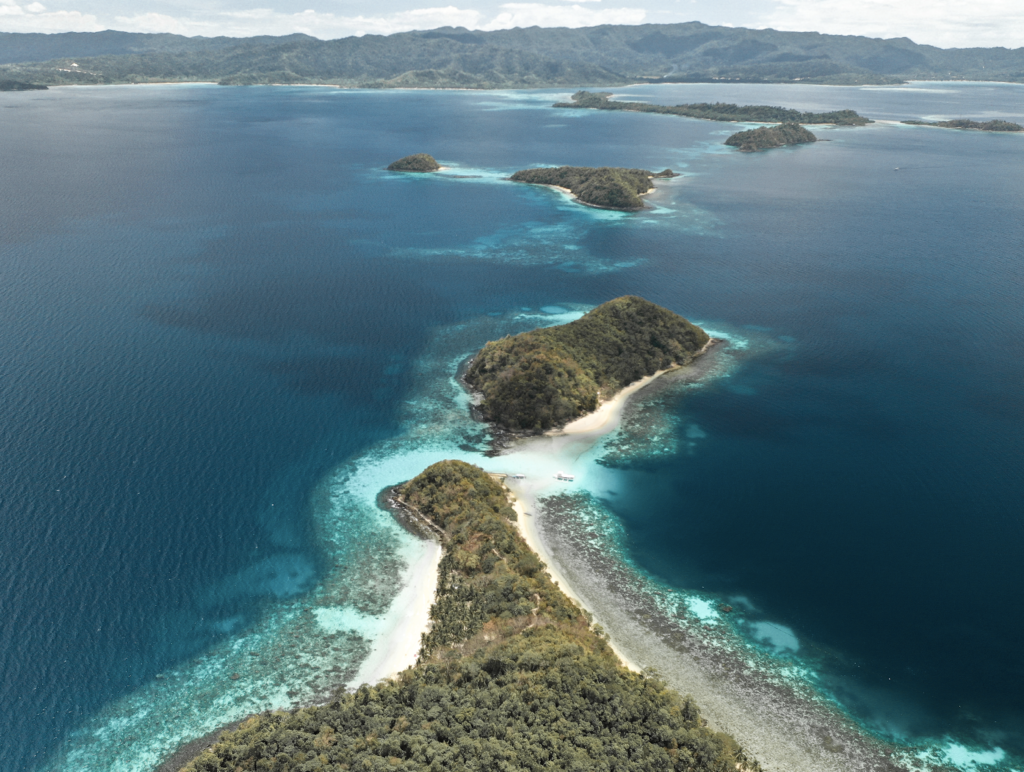
Interesting Facts About the Pacific Ocean
Here are some of the interesting and unknown facts about the Pacific Ocean:
- The Pacific Ocean is the world’s deepest ocean.
- The Mariana Trench, at 36,037 feet, is the deepest point of the Pacific Ocean.
- The Mariana Trench is home to Challenger Deep, the deepest section of the Pacific Ocean.
- The Pacific Ocean’s overall shoreline is 84,297 miles long.
- The Pacific Ocean has the most incredible coastline of the five main oceans.
- The average surface temperature of the Pacific Ocean fluctuates a lot depending on where you are and what time of year it is.
- The Pacific Ocean’s surface temperature ranges from 29.5 to 86 degrees Fahrenheit.
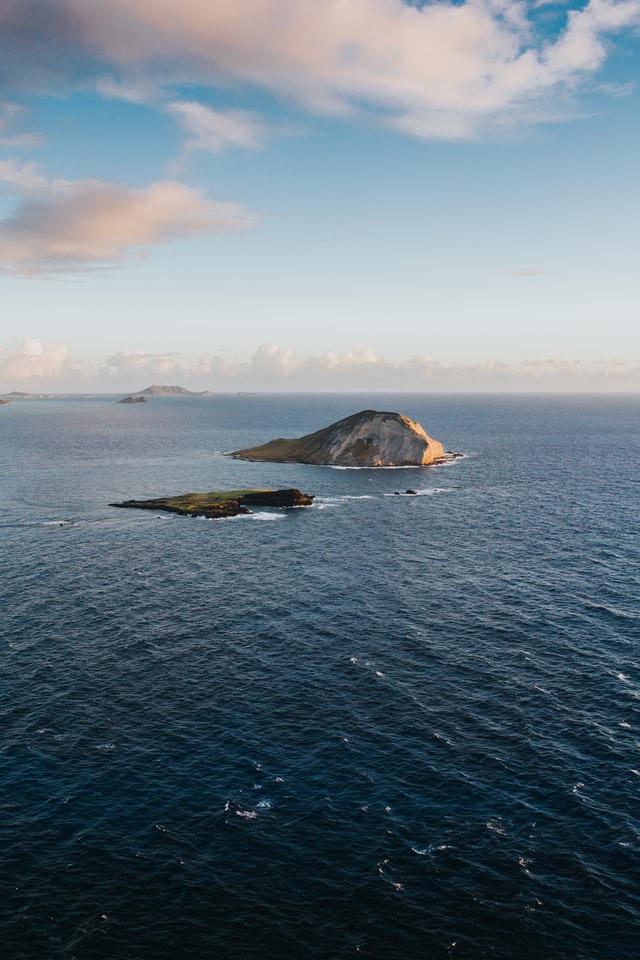
- In the Pacific Ocean, there are an estimated 25,000 islands.
- New Guinea is the Pacific Ocean’s most oversized island, covering 303,380 square miles.
- A typhoon or hurricane is a powerful tropical cyclone that occurs in the Pacific Ocean.
- Salmon, tuna, herring, and snapper are all major commercial fish caught in the Pacific Ocean.
- In the Pacific Ocean, water pollution is a significant problem. The Great Pacific Garbage Patch is a large region of garbage in the Pacific Ocean. According to estimates, the waste patch stretches between 270,000 and 5.8 million square kilometers.
- During World War II, the Pacific Ocean was a crucial battleground. The United States of America and the Japanese Empire fought several key naval battles in the Pacific Ocean.
- Abraham Ortelius, a Brabantian cartographer, made the first map of the Pacific Ocean in 1589.
- The Pacific Ocean is home to numerous fantastic wildlife as well as the Great Barrier Reef, the world’s biggest living structure, located just off the coast of Queensland mainland, Australia, which is the world’s biggest coral reef system. This stunning landscape is among the world’s seven natural wonders seen across outer space.
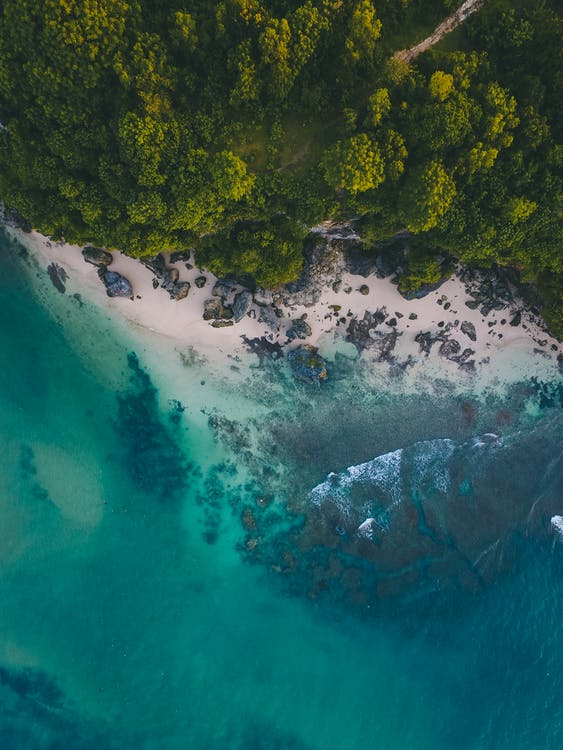
- Point Nemo, often known as the “oceanic pole of inaccessibility” in the Southern Pacific Ocean,” is the farthest spot from land. Because it’s so far away from land, the closest humans are usually astronauts on the International Space Station.
- The Pacific Ocean is bordered by 55 nations, including Canada, China, Australia, Japan, Mexico, and the United States.
- The Pacific Ocean is split into two sections: North Pacific and South Pacific.
- The Pacific Ocean is 15 times the size of the United States.
- There are over 25,000 distinct islands in the Pacific Ocean. One of them is known as New Guinea, which after Greenland, is known to be the world’s second-largest island.
- Continental, coral reefs, high islands, and raised coral platforms are the four types of different islands located in the Pacific.
- Krakatoa is a volcanic island in the Pacific Ocean located between the islands of Java and Sumatra. In 1888, it erupted, killing approximately 36,000 people.
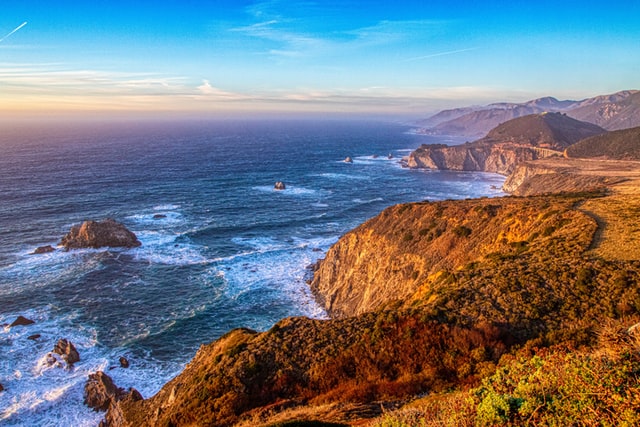
- In the Pacific Ocean, the Galápagos Islands are located. They’re known for their one-of-a-kind fauna and flora that can’t be found anywhere else on the planet.In the Pacific Ocean, there is an area known as the ‘Ring of Fire,’ which is home to a multitude of active volcanoes. The Pacific basin is home to up to 75% of the world’s active volcanoes.
- Large countries such as China and the United States rely directly on the Pacific Ocean for offshore oil and gas deposits.
- The Pacific Ocean accounts for 60 percent of all fish captured. This is mainly owing to its immense size, as well as the 55 nations that surround it. Tuna, swordfish, salmon, herring, sardines, and shellfish are popular ocean species.
- Pearls are discovered near the shores of Australia, Papa New Guinea, Nicaragua, and the Philippines in the Pacific Ocean.
- Marine life is suffering as a result of ecological problems. Oil pollution, toxins, and marine debris are only a few of the factors contributing to the extinction of some marine species. At least five species have been identified, with the whale being the most well-known. Seals, turtles, sea otters, and sea lions, on the other hand, are at the risk of extinction.
- The jigsaw puzzle of Earth’s continents hasn’t ceased moving due to tectonic plates’ movement in the Earth’s crust. The Pacific Ocean is diminishing year after year while the Atlantic Ocean is expanding, pushing America further away from Africa and Europe.
- There are several birds that dwell near the Pacific Ocean and eat there. The albatross is one of the most popular birds seen along the Pacific shoreline. They have the most incredible life expectancy of any seabird, ranging from 40 to 50 years. The wandering albatross is one of the most enormous seabirds and is usually seen in the South Pacific. They boast the world’s most excellent wingspan, measuring an average of 12 feet in length.
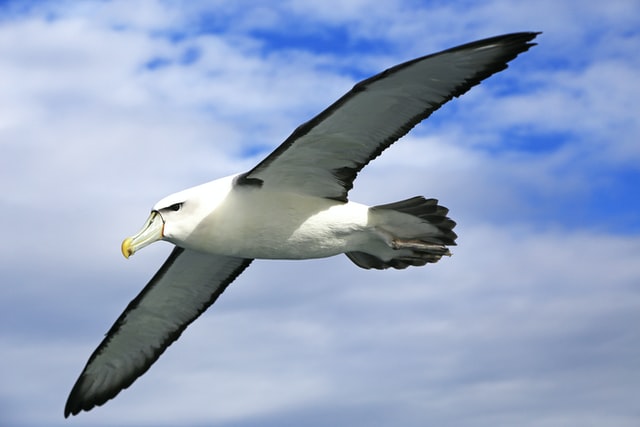
- The Pacific is home to various animals, beginning with whales. The Pacific Ocean is home to approximately 20 species of whales, including the blue whale, humpback whale, sperm whale, and orca, also sometimes known as the killer whale.
- Scientists estimate that one million species live in the world’s oceans. The Pacific Ocean, in particular, is home to many unique species due to its size. You’ll discover a large variety of species, big and small, many of which aren’t seen anyplace else on the Earth, from microscopic shrimp to the massive blue whale.
- In the Pacific Oceans, there are many magnificent groupings of islands. Like the Fiji Archipelago or the Hawaiian Archipelago, these islands constitute an archipelago. Indonesia, Japan, the Philippines, and New Zealand are the most significant nations in the Pacific Ocean, consisting primarily of archipelagos or clusters of islands.
Conclusion
The facts mentioned above about the Pacific Ocean also state how the effects of Global Warming and Climate Change pose a hazard to the Pacific Ocean. The Earth’s water levels increase as the temperature increases. On the other hand, the Pacific is rising around 2-3 times faster than other oceans. This might be due to its close closeness to Antarctica and its large size, so action must be taken now to preserve one of the Earth’s greatest treasure.
We hope that you enjoyed reading the facts mentioned above.
